Results recommend 6% inclusion levels in P. vannamei nursery diets for any of the tested ingredients
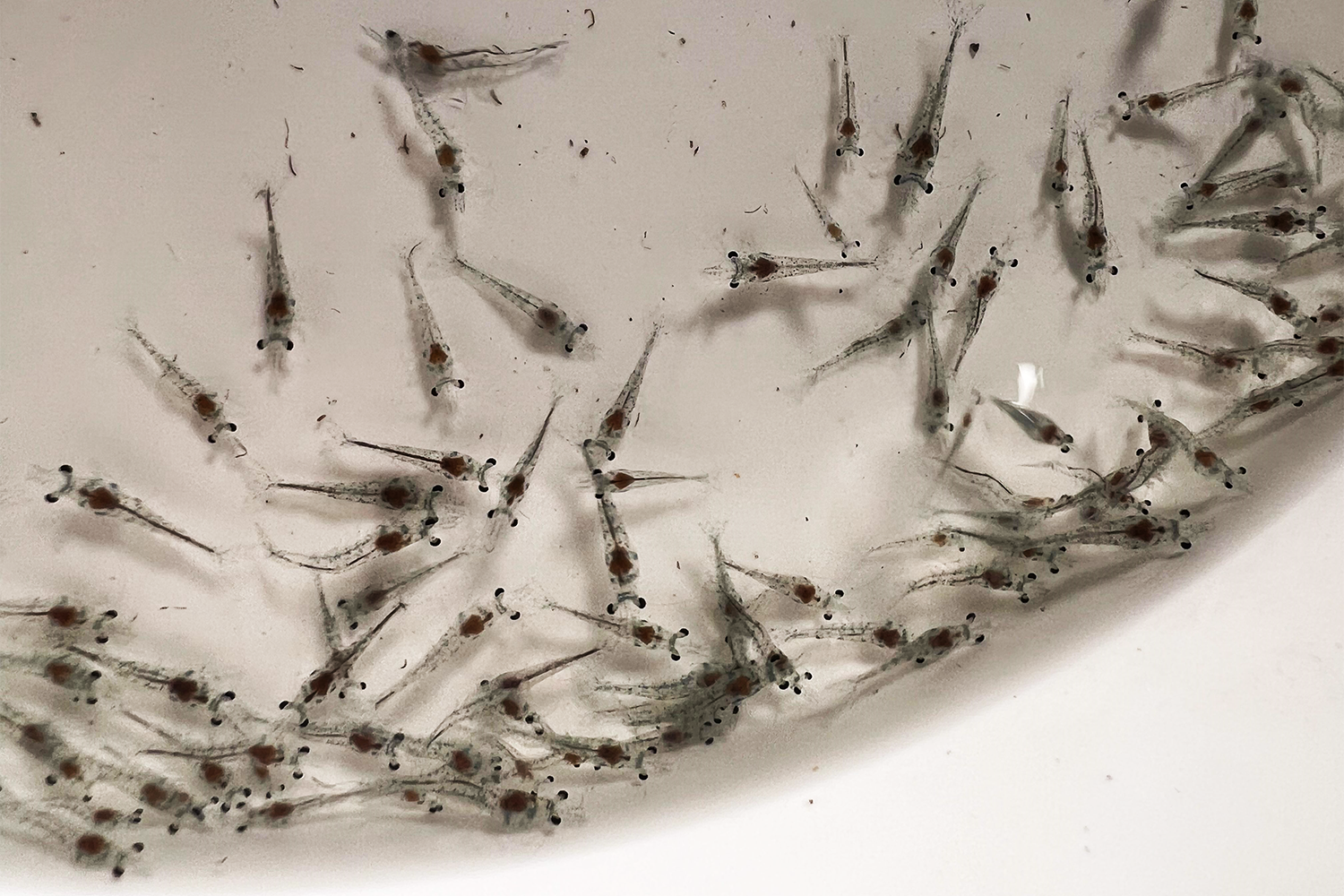
There is a substantial amount of waste generated in slaughterhouses for various animal species, and the aquaculture industry and other animal-producing sectors should explore new applications for these byproducts, considering the environmental problems caused by their improper disposal and the economic importance resulting from converting these low-cost residues into value-added byproducts. In this context, the application of chemical, enzymatic, or microbial hydrolysis on animal byproduct proteins represents an attractive way to generate quality peptides with nutritional, physiological or regulatory functions in cattle, poultry, fish and crustaceans.
One of the main factors that influence the growth of cultured shrimp species is the level and quality of the protein, and this is related to their capability to digest protein by regulating the synthesis, secretion and inactivation of digestive enzymes. In the animals’ intestines, peptides are hydrolyzed, providing smaller peptides that are absorbed by enterocytes more rapidly than free amino acids, resulting in a more balanced pattern of amino acids in the bloodstream. Some peptides of animal origin also possess antimicrobial, antioxidant, antihypertensive and immunomodulatory activities. Studies have reported positive results regarding the growth performance and health of shrimp and fish fed with diets containing protein hydrolysates, a promising source of bioactive peptides.
The differences in the effects of protein hydrolysates, when used as a substitute for fishmeal, on the growth performance of aquatic animals may be related to the source and processing technology of protein hydrolysates and the molecular weight of peptides and free amino acids that could interact and affect, for example, the protein structure and digestive enzyme recognition sites. Studies show that ingredients composed of protein hydrolysates can be included in lower concentrations in shrimp diets to favor better growth performance and intestinal microbiota.
Although there are some studies on the use of hydrolysates in shrimp diets, either isolated or combined with other products, there is still limited information about their effects on growth and health during the different shrimp farming phases.
This article – summarized from the original publication (Negrini, C. et al. 2024. Partial Replacement of Fish Meal with Protein Hydrolysates in the Diet of Penaeus vannamei (Boone, 1934) during the Nursery Phase. Fishes 2024, 9(2), 75) – reports on a study that evaluated the effects of partial replacement of fishmeal with protein hydrolysates, with and without various additives in experimental diets for P. vannamei.
Study setup
The experiment was conducted at the Laboratory of Shrimp Farming in the Nucleus for Research and Development in Sustainable Aquaculture, Federal University of Paraná (UFPR), Maripá—PR, Brazil. Thirty-day-old P. vannamei postlarvae (PL 30) were procured from a commercial shrimp hatchery (Aquatec, Rio Grande do Norte, Brazil) and the experimental period lasted 28 days.
The objective was to evaluate the effects of partial replacement of fishmeal with protein hydrolysates and a commercial product in the diets of P. vannamei postlarvae during the nursery phase on zootechnical performance, proximate chemical composition, digestive enzyme activity and total hemocyte count.
The experiment was conducted in a clear water recirculation system comprising 24 experimental units, each with 30 shrimp with an average weight of 0.2 grams. The treatments were control, chicken protein hydrolysate (CPH), enzymatic hydrolysate of chicken feathers, the commercial product Aquabite®, CPH + maltodextrin, and CPH + yeast, with four replicates each. The inclusion level of the different protein sources evaluated was 6 percent. At the end of the experiment, all shrimp were counted, weighed and measured to determine the zootechnical performance. The body and feed chemical compositions, as well as the enzymatic activities of the hepatopancreas and the total hemocyte count in the hemolymph, were analyzed.
For detailed information on the experimental design, animal husbandry, diet formulation, data collection and analyses, refer to the original publication.
Results and discussion
Research with P. vannamei indicates that partial substitution of fishmeal with protein hydrolysates produces comparable health and performance results. The best growth results are obtained with low inclusion levels, and as the inclusion level increases, animal growth decreases. The reduced growth of shrimp fed with diets containing high levels of hydrolysates may be related to high concentrations of free amino acids and peptides in protein hydrolysates that can be rapidly absorbed and metabolized rather than being used for protein synthesis and growth.
Our results show that protein hydrolysates can be included at up to 6 percent in P. vannamei diets, partially replacing fishmeal. Our data reinforce that diets with hydrolysates are nutritionally balanced for Pacific white shrimp. Hydrolysates are environmentally and economically sustainable and are a renewable resource that can moderately replace noble ingredients such as fishmeal, and their processing technology uses less energy.
The nutritional quality of the feed is a factor that not only influences the zootechnical performance of shrimp but is also reflected in their body composition. The enzymatic activity present in the digestive tract of these crustaceans can be influenced by the nutritional composition of the ingredients used in the diets and nutrient assimilation by the organism.
Circular economy: Hydrolysates of aquaculture byproducts as feed
The protein hydrolysates and the commercial product we evaluated did not alter the body composition of P. vannamei in the nursery phase, similar to the shrimp that had only fishmeal in their diet, demonstrating that the ingredients evaluated met the nutritional requirements of P. vannamei and could be used without affecting the quality and composition of the shrimp.
The ability of an organism to digest food particles depends on the presence and appropriate concentration of digestive enzymes, as well as their activity.
The study of the hepatopancreas stands out mainly due to its function in the synthesis and secretion of digestive enzymes and nutrient absorption from the diet. We used this organ in our study for the extraction of digestive enzymes. The measured activities of digestive enzymes in shrimp fed with diets containing protein hydrolysates did not change when compared to the control treatment containing fishmeal.
After proteins, carbohydrates constitute the most abundant group of biomolecules in the diet. The activities of carbohydrase enzymes (amylase, cellulase, maltase, sucrase) we studied demonstrate the capacity of P. vannamei to adapt to different diets and benefit from various types of carbohydrates, such as the additives included in the hydrolysate (maltodextrin).
Changes in the expression of several genes in the hepatopancreas and muscle tissues of P. vannamei have been observed following a change in diets from an animal protein source to a plant protein source and vice versa, suggesting that these changes may be related to metabolic and physiological adjustments to assimilate the type of food provided. However, the ability to digest different foods is related to the enzymatic profile of the particular species.
Hemocytes (cells involved in the immune system of invertebrates and found within the hemolymph, equivalent to blood in vertebrates) are part of the cellular defense system of P. vannamei, responsible for various immune responses, and can be used as a quantitative parameter to measure the response to stress in shrimp. An increase in total hemocytes indicates an improvement in the organism’s health, as it will form phagocytic cells that play a role in the defense against microbial infections. In our study, the hemocyte count was not altered, thus indicating that the tested hydrolysates did not have an immunostimulatory effect.
Perspectives
Results showed that all the tested hydrolysates, with or without additives, as well as the commercial product, can be used to partially replace fishmeal in the diets of P. vannamei in the nursery phase, maintaining equivalent and good growth performance, welfare, carcass chemical composition, and digestive enzyme activity. The recommended inclusion level in the diets of P. vannamei in the nursery phase for any of the tested ingredients is 6 percent. Additionally, this study provides important information for the formulation of nutritionally balanced diets with reduced dependence on fishmeal for Pacific white shrimp.
Now that you've reached the end of the article ...
… please consider supporting GSA’s mission to advance responsible seafood practices through education, advocacy and third-party assurances. The Advocate aims to document the evolution of responsible seafood practices and share the expansive knowledge of our vast network of contributors.
By becoming a Global Seafood Alliance member, you’re ensuring that all of the pre-competitive work we do through member benefits, resources and events can continue. Individual membership costs just $50 a year.
Not a GSA member? Join us.
Author
-
Dr. Eduardo Ballester
Corresponding author
Laboratório de Carcinicultura, Programa de Pós-graduação em Aquicultura e Desenvolvimento Sustentável, Núcleo de Pesquisa e Desenvolvimento em Aquicultura Sustentável, Universidade Federal do Paraná, Maripá 85950-000, Paraná, Brazil[114,98,46,114,112,102,117,64,114,101,116,115,101,108,108,97,98,99,108,101]
Related Posts
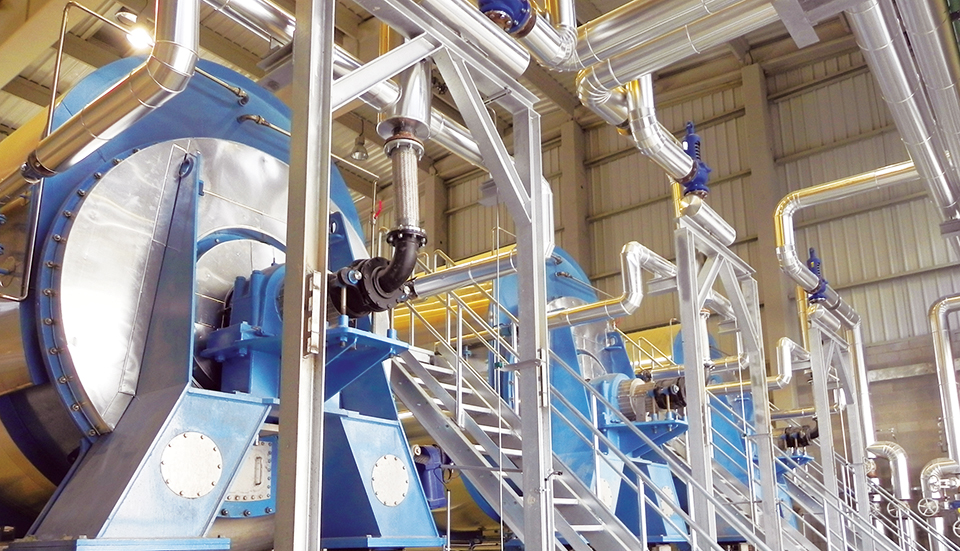
Aquafeeds
Animal byproduct concentrates useful tools in formulation
With the market volatility of fishmeal, as well as rising sustainability concerns, the aquaculture industry is seeking sources of protein, such as animal byproduct concentrates, to substitute for fishmeal.
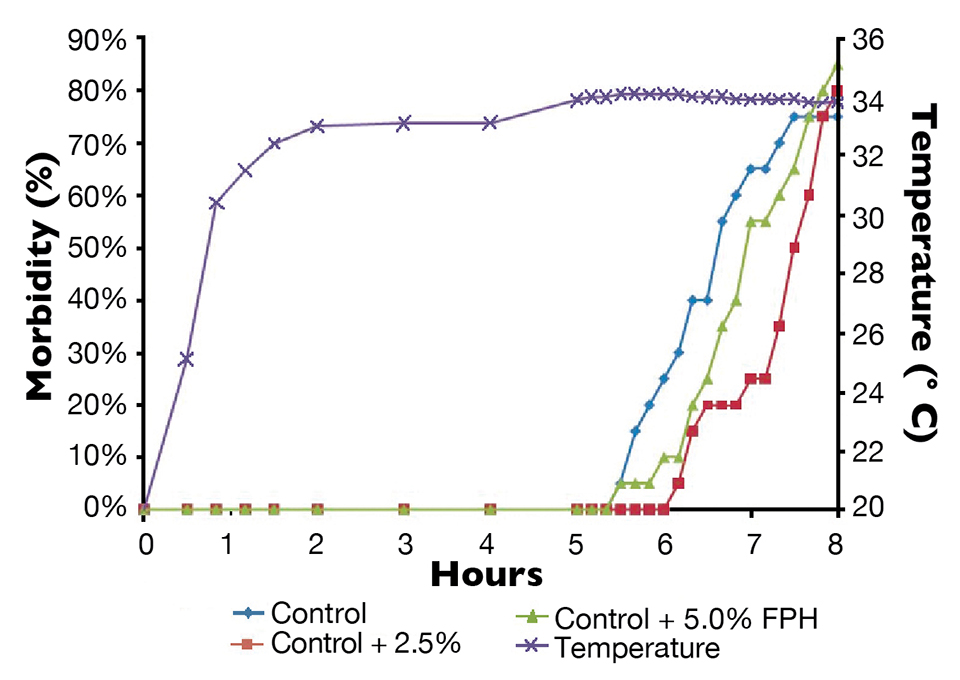
Health & Welfare
Fish protein hydrolysates enhance stress resistance of aquaculture species
Fish protein hydrolysates are naturally rich in nutrients that can help support aquatic species’ immune defenses in resisting stressors.
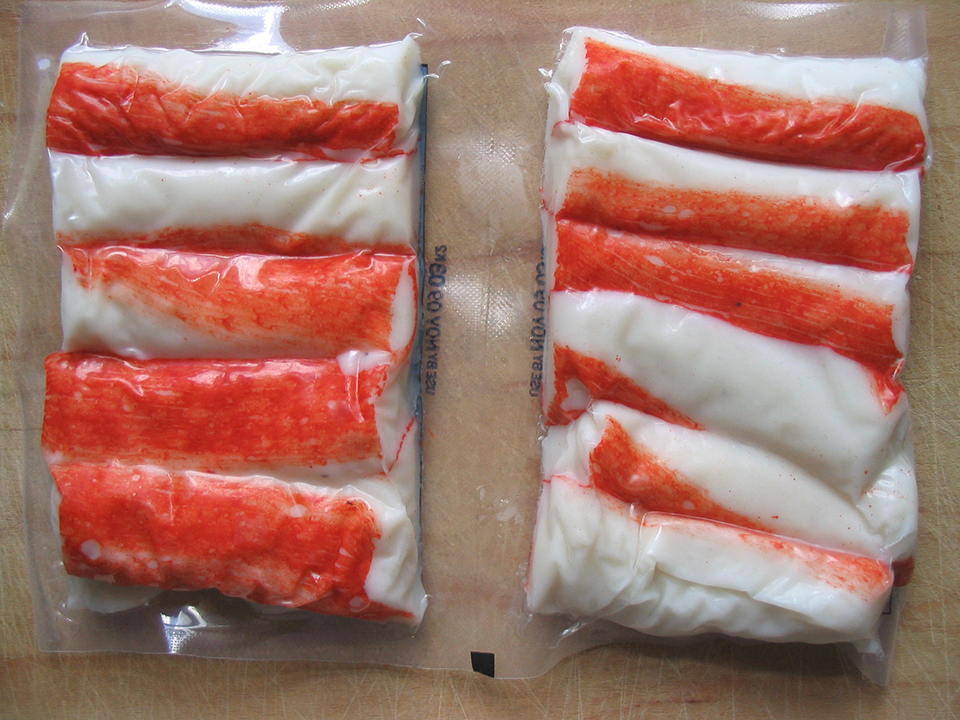
Intelligence
Byproduct utilization for increased profitability, part 2
Enzymes obtained from fish- and shellfish-processing wastes can be used in the making of a number of useful products. Lipase enzymes from fish can break down lipids, while amylases hydrolyze starch.
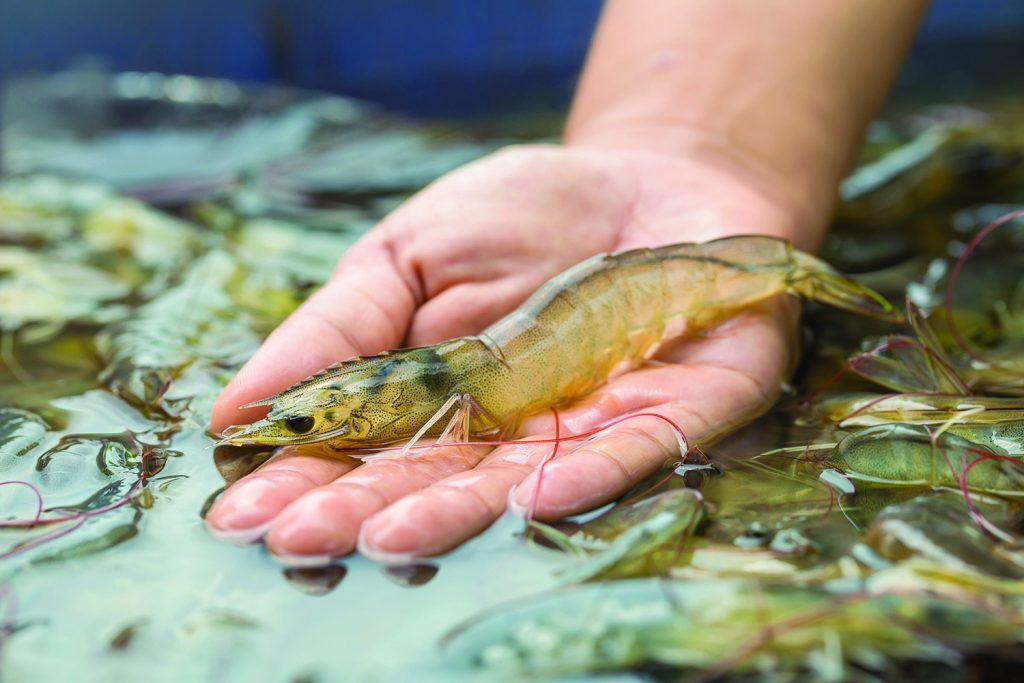
Aquafeeds
Evaluating hydrolysates as functional ingredients in Pacific white shrimp feeds
An evaluation of hydrolysates shows that cost-benefit, availability, quality and efficiency must be considered for feeding Pacific white shrimp.



